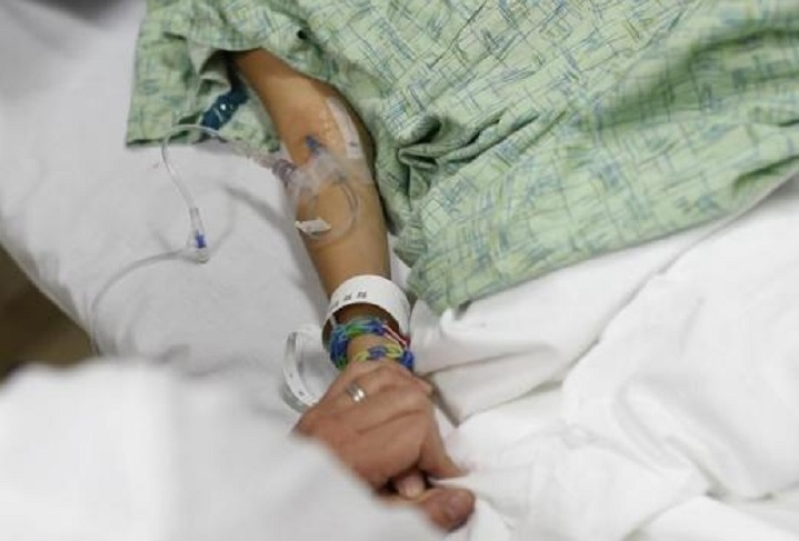
The number of children and teens hospitalized for prescription opioid poisonings has more than doubled in recent years, with both accidental overdoses and suicide attempts on the rise, a U.S. study suggests.
Annually, the rate of these opioid poisonings among youth up to 19 years old surged from 1.4 per 100,000 children in 1997 to 3.71 per 100,000 kids by 2012, the study found.
"I believe that the two-fold increase in hospitalization rates over time for opioid poisonings in children are a direct consequence of the increasing reliance in the U.S. on opioid analgesics to treat acute and chronic pain," said lead study author Dr. Julie Gaither, a public health researcher at Yale University in New Haven, Connecticut.
For teens aged 15 to 19, the rate of poisonings surged from 3.69 per 100,000 at the start of the study to 10.17 per 100,000 by the end, fueled in part by overdoses involving heroin and methadone, researchers report in JAMA Pediatrics.
"Trends we see in teens mirror what we've seen in adults - an increase in accidental overdoses (poisonings) from either taking an opioid as prescribed or, increasingly, using opioids for purposes other than to treat pain, including to get high or to enhance the effects of alcohol or other drugs," Gaither noted by email.
With children 4 years old and under, the rate of poisonings climbed from 0.86 per 100,000 kids to 2.62 per 100,000 by the end of the study period.
"The vast majority of opioid poisonings in young children - toddlers and preschoolers - are the result of unsupervised ingestions of medications prescribed for an adult (parent, grandparent) in the household," Gaither added.
To assess trends in poisonings over time, researchers examined data from 13,052 pediatric hospitalizations due to ingestion of prescription opioids. For teens, they also identified poisonings due to heroin.
Overall, 176 children, or 1.3 percent, died during hospitalizations for opioid poisoning during the study period.
Among teens in the study, poisonings from heroin increased by 161 percent from 0.96 to 2.51 per 100,000 children, while poisonings involving methadone increased by 950 percent from 0.10 to 1.05 per 100,000 children.
When the authors examined intent behind the opioid poisonings, there were 16 poisonings attributed to suicide or self-inflected injury among children younger than 10 from 1997 to 2012.
In children ages 10 to 14, the incidence of poisonings attributed to suicide or self-inflicted injury increased by 37 percent from 0.62 per 100,000 in 1997 to 0.85 per 100,000 in 2012. The incidence of poisonings attributed to accidental intent increased by 82 percent from 0.17 to 0.31.
For teens ages 15 to 19, opioid poisonings attributed to suicide or self-inflicted injury increased by 140 percent, while those attributed to accidental intent roughly tripled in this age group.
One limitation of the study is its reliance on hospital diagnosis codes, which may not always present an accurate picture of why children were hospitalized or how they ended up ingesting enough opioids to get sick, the authors note. Researchers also lacked data on children's mental health or toxicology reports.
Even so, the findings underscore the need for parents and caregivers to be vigilant, said Dr. Constance Houck, a researcher at Harvard Medical School and Boston Children's Hospital who wasn't involved in the study.
"There needs to be more understanding on the part of parents and caregivers that opioid medications should be handled in the home in a manner that prevents them from being accessible to children and adolescents," Houck said by email.
"It is a common practice for adults to place leftover opioid medications in the medicine cabinet or in the kitchen, which leaves them completely available to not only children and adolescents in the household but also any friends that come to visit," Houck added.
"It is a well-known technique for adolescents with substance use issues to ask to use the bathroom in a friend's or relative's home and rifle through the medicine cabinet while alone in the bathroom," Houck said. "Many adolescents have described this as a way that they have regularly obtained opioids."







